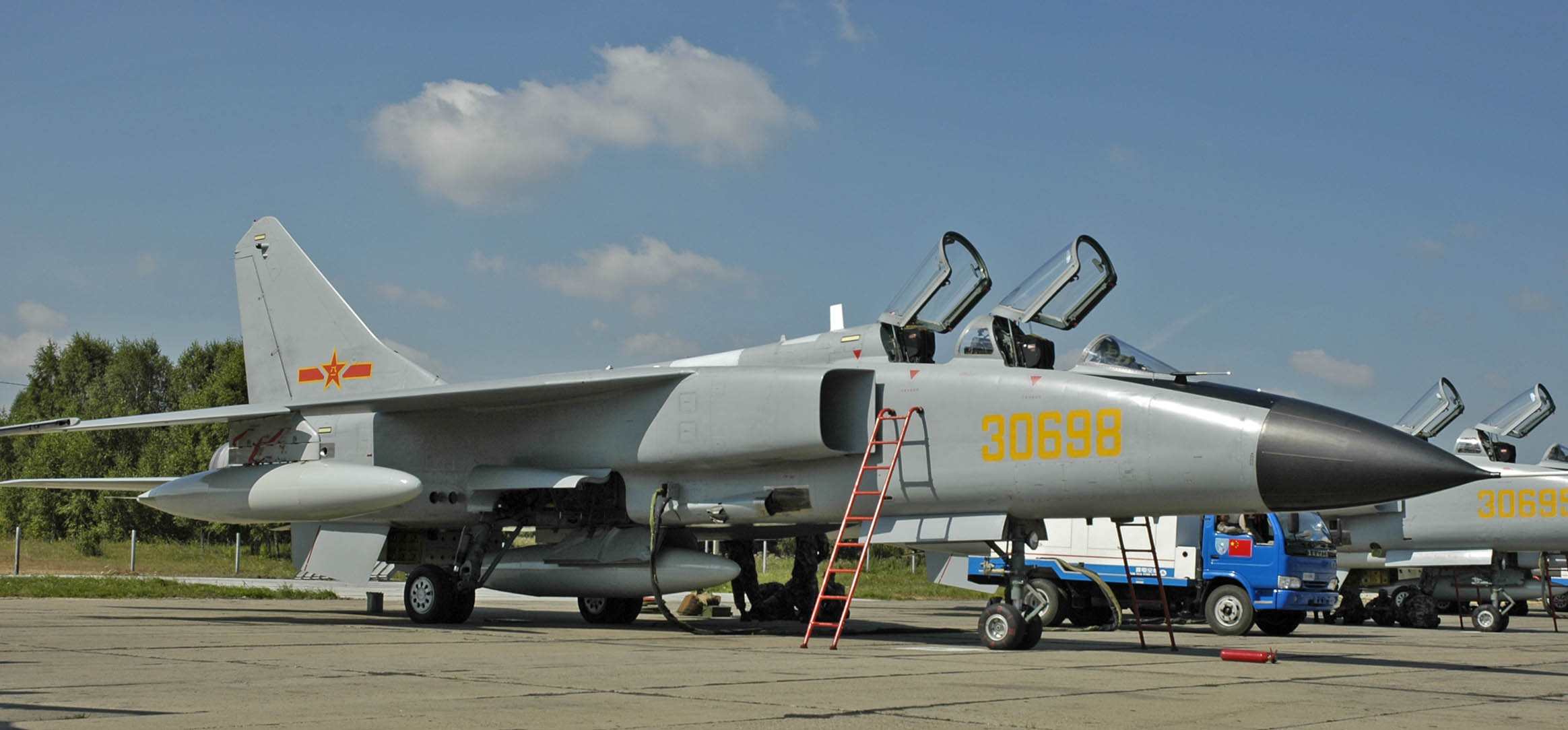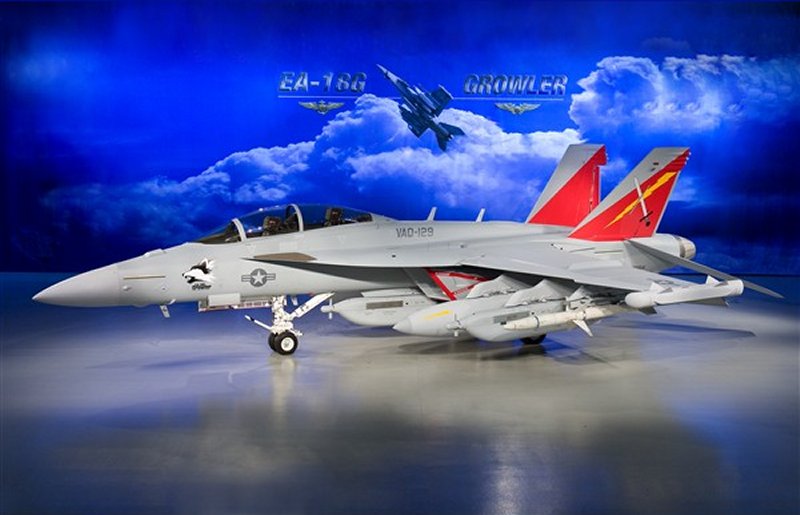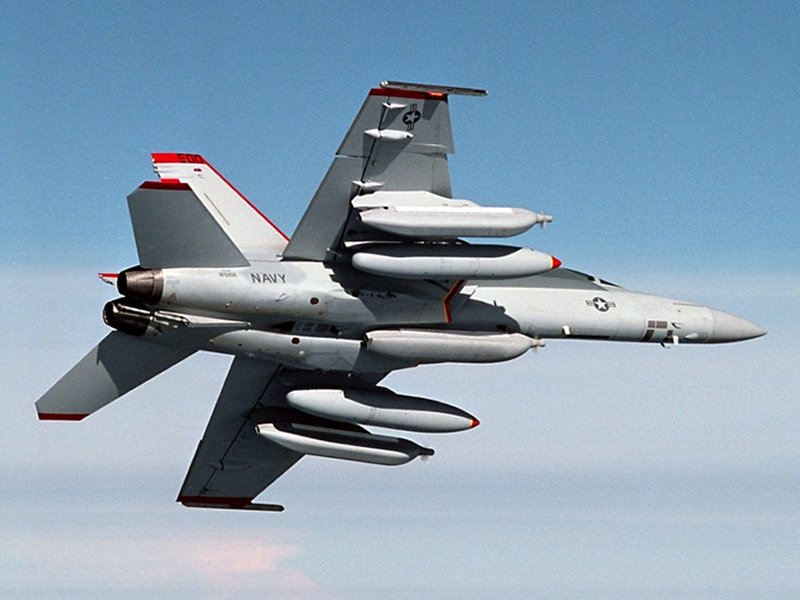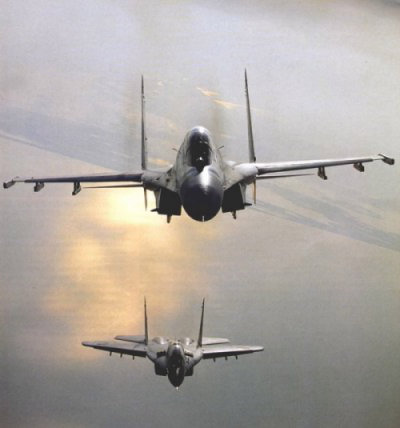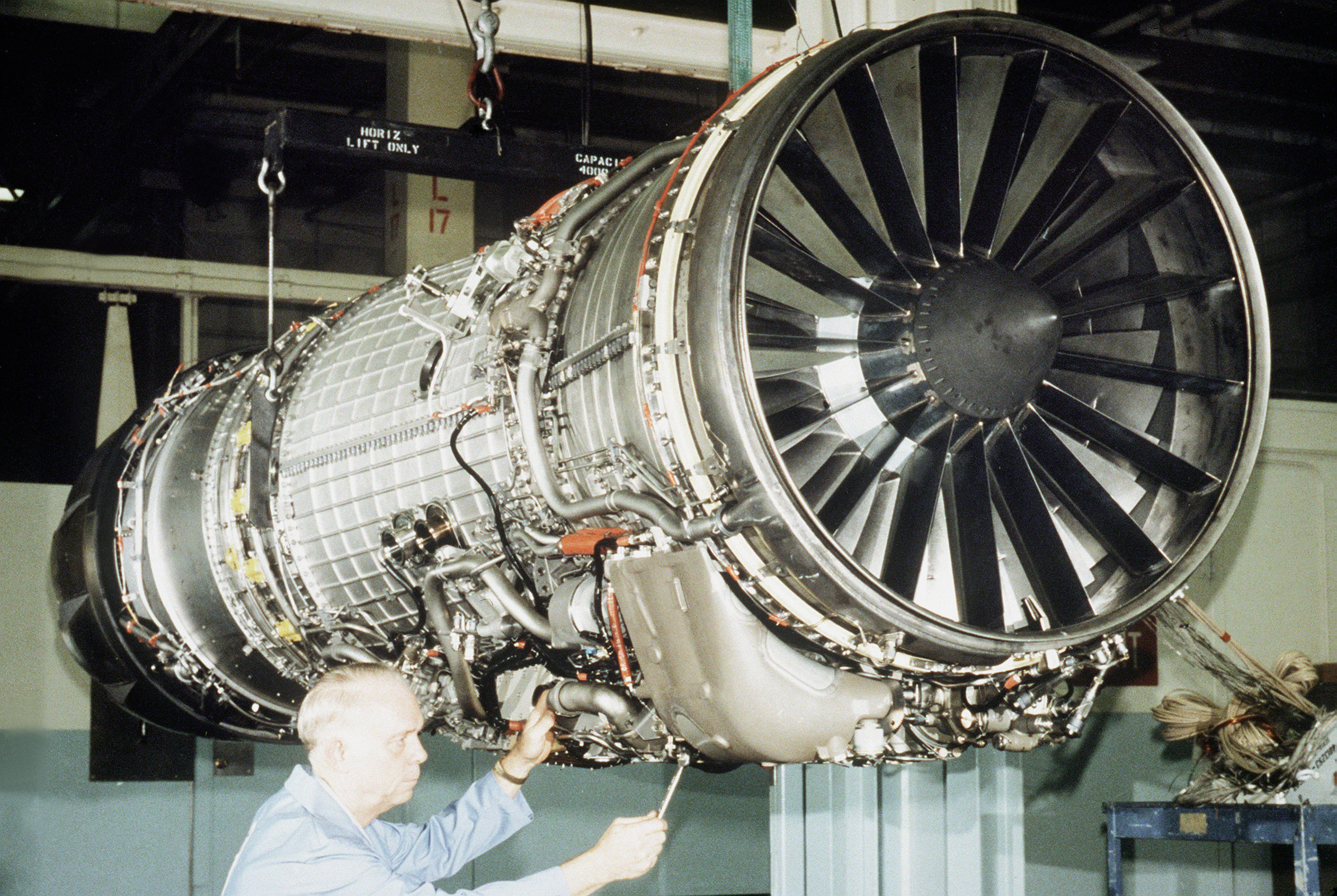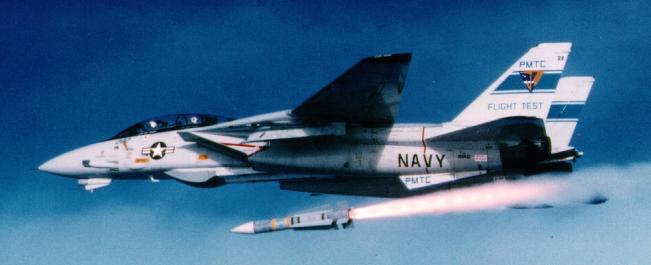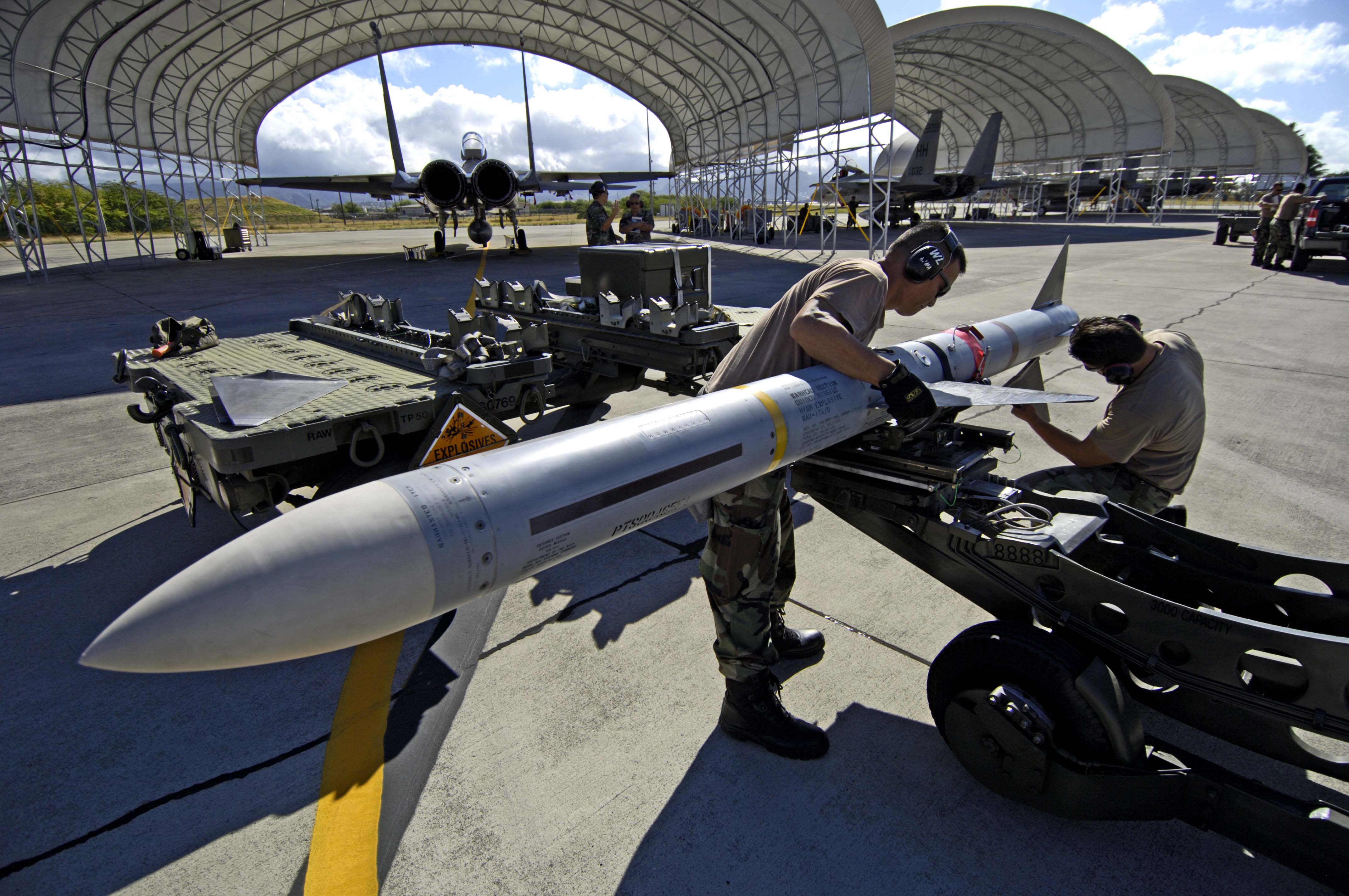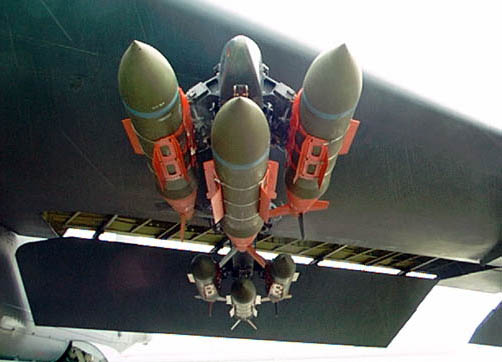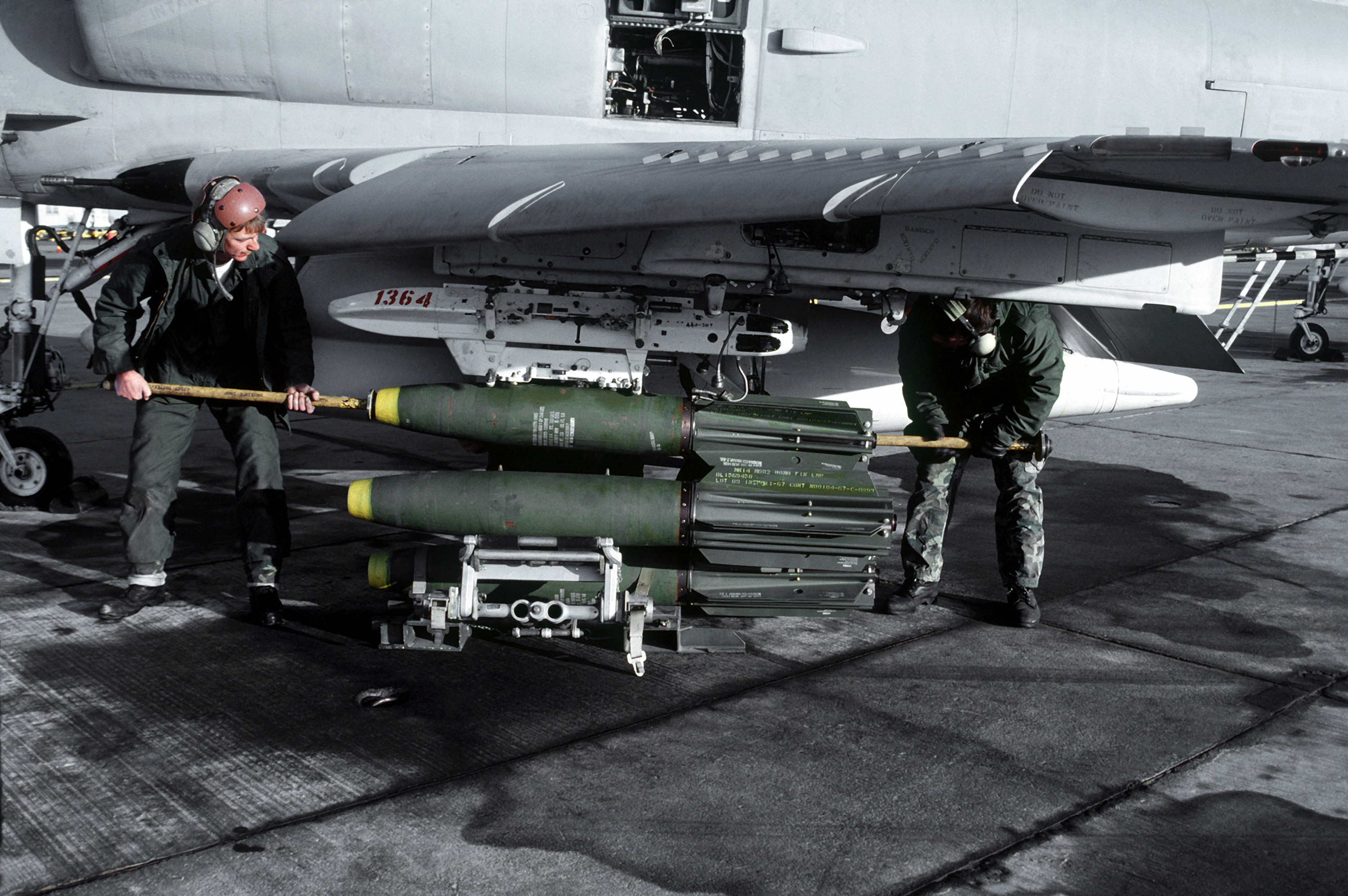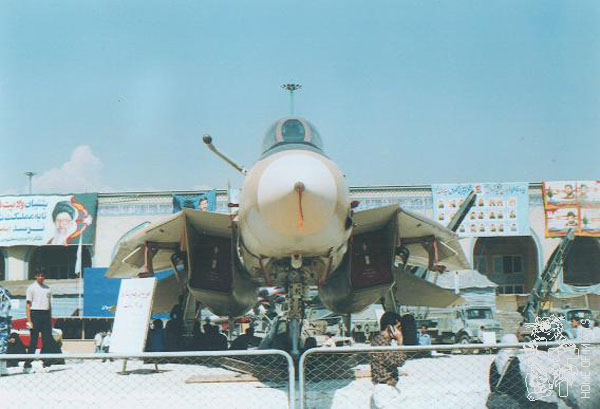Luftwaffe
ELITE MEMBER

- Joined
- Nov 4, 2008
- Messages
- 9,544
- Reaction score
- 8
- Country
- Location
JH-7/JH-7A

JH-7 - Initial production version of the PLANAF anti-shipping fighter-
bomber.
JH-7A - Later production utilizing composite structure to reduce weight, improved flying control system and improved avionics including the JL10A Shan Ying J-band pulse-doppler radar. Weapon loads increased by the addition of two more wing hard-points and two hard-points under the intake trunking for mission pods such as targeting pods.
JH-7B ?
FBC-1 Flying Leopard - Export version of the JH-7.
FBC-1A Flying Leopard II - Export version of the JH-7A.
General characteristics
Crew: 2: pilot, weapons operator
Payload: 9,000 kg [4][5] (19,842 lb) of weapons
Length: 22.32 m (73 ft 2 in)
Wingspan: 12.8 m (41 ft 7 in)
Height: 6.22 m (20 ft 4 in)
Wing area: m² (ft²)
Empty weight: 14,500 kg [6] (31,900 lb)
Loaded weight: kg (lb)
Max takeoff weight: 28,475 kg (62,720 lb)
Powerplant: 2× Xian WS9 (a license-built Spey Mk202) after-burning turbofans
o Dry thrust: 54.29 kN (12,250 lbf) each
o Thrust with afterburner: 91.26 kN (20,515 lbf) each
Performance
Maximum speed: Mach 1.75 (1,808 km/h, 1,122 mph)
Combat radius: 1,759 km (890 nm, 1,093 mi)
Ferry range: 3,700 km (1,970 nm, 2,299 mi)
Service ceiling: 16,000 m (51,180 ft)
Wing loading: kg/m² (lb/ft²)
Armament
Guns: 1× 23mm twin-barrel GSh-23L autocannon, 300 rounds
Hardpoints: 9 in total (6× under-wing, 2× wing-tip, 1× under-fuselage) with a capacity of 9,000 kg (8,000 lb) external fuel and ordnance
Rockets: 57mm/90mm unguided rocket pods
Missiles:
** Air-to-air missiles:
+ PL-5
+ PL-8
+ PL-9
Anti-ship missiles:
+ Yingji-8K
+ Yingji-82K
Anti-radiation missiles:
+ Yingji-91
Bombs: ** Unguided bombs
Laser-guided bombs
Avionics
JL-10A radar
(Possible better AESA Radars in development)
The Xian JH-7 (Jianjiji Hongzhaji - fighter-bomber); NATO reporting name Flounder[2]), also known as the FBC-1 (Fighter/Bomber China-1) Flying Leopard, is a two-seater (tandem), twin-engine fighter-bomber in service with the People's Liberation Army Naval Air Force (PLANAF), and the People's Liberation Army Air Force (PLAAF). The main contractors are Xian Aircraft Industry Corporation (XAC) and the 603nd Aircraft Design Institute,now named First Aircraft Institute of AVIC-1. The first batch of JH-7 aircraft were delivered to the PLANAF in the mid-1990s for evaluation, and the improved JH-7A variant entered service in 2004.
The newer JH-7A airframe is lighter and stronger than that of the original JH-7 variant, giving the JH-7A model a maximum armament load of 9000 kg, compared to the Sukhoi Su-24 and Su-30 at 8000 kg and the General Dynamics F-111 at 11,000 kg. As it is lighter and less complex than the variable geometry wing Su-24 and F-111 or the multi-role Su-30, the JH-7 is considerably cheaper to produce and operate. Although it does not have the air-to-air performance of the Su-30, its range is greater. The JH-7 in PLAAF service has no significant aerial combat role, since large quantities of specialized aircraft are available for that purpose. The JH-7/A represents a significant strike capability for the PLANAF and its load capacity allows the aircraft to carry 2 (JH-7) or 4 (JH-7A) domestically-made YJ-82 anti-ship missiles in maritime strike operations. It can also be armed with infra-red homing air-to-air missiles such as the PL-5. Internal armament comprises a single 23mm twin-barrel GSh-23L autocannon.
Electronic attack
A photograph which has recently appeared on the Internet shows Chinese Peoples' Liberation Army Naval Air Force Xian JH-7A 81667 carrying what are believed to be some form of electronic attack pods similar to those used on the EA-6B Prowler and E/A-18G Growler. This aircraft is from the 6th Naval Air Division/16th Fighter-Bomber Air Regiment at Shanghai-Dachang. There have been a number of reports recently from Chinese sources that the JH-7A had been selected for development as an electronic attack platform and this photograph appears to confirm that development is underway.

JH-7 - Initial production version of the PLANAF anti-shipping fighter-
bomber.
JH-7A - Later production utilizing composite structure to reduce weight, improved flying control system and improved avionics including the JL10A Shan Ying J-band pulse-doppler radar. Weapon loads increased by the addition of two more wing hard-points and two hard-points under the intake trunking for mission pods such as targeting pods.
JH-7B ?
FBC-1 Flying Leopard - Export version of the JH-7.
FBC-1A Flying Leopard II - Export version of the JH-7A.
General characteristics
Crew: 2: pilot, weapons operator
Payload: 9,000 kg [4][5] (19,842 lb) of weapons
Length: 22.32 m (73 ft 2 in)
Wingspan: 12.8 m (41 ft 7 in)
Height: 6.22 m (20 ft 4 in)
Wing area: m² (ft²)
Empty weight: 14,500 kg [6] (31,900 lb)
Loaded weight: kg (lb)
Max takeoff weight: 28,475 kg (62,720 lb)
Powerplant: 2× Xian WS9 (a license-built Spey Mk202) after-burning turbofans
o Dry thrust: 54.29 kN (12,250 lbf) each
o Thrust with afterburner: 91.26 kN (20,515 lbf) each
Performance
Maximum speed: Mach 1.75 (1,808 km/h, 1,122 mph)
Combat radius: 1,759 km (890 nm, 1,093 mi)
Ferry range: 3,700 km (1,970 nm, 2,299 mi)
Service ceiling: 16,000 m (51,180 ft)
Wing loading: kg/m² (lb/ft²)
Armament
Guns: 1× 23mm twin-barrel GSh-23L autocannon, 300 rounds
Hardpoints: 9 in total (6× under-wing, 2× wing-tip, 1× under-fuselage) with a capacity of 9,000 kg (8,000 lb) external fuel and ordnance
Rockets: 57mm/90mm unguided rocket pods
Missiles:
** Air-to-air missiles:
+ PL-5
+ PL-8
+ PL-9
Anti-ship missiles:
+ Yingji-8K
+ Yingji-82K
Anti-radiation missiles:
+ Yingji-91
Bombs: ** Unguided bombs
Laser-guided bombs
Avionics
JL-10A radar
(Possible better AESA Radars in development)
The Xian JH-7 (Jianjiji Hongzhaji - fighter-bomber); NATO reporting name Flounder[2]), also known as the FBC-1 (Fighter/Bomber China-1) Flying Leopard, is a two-seater (tandem), twin-engine fighter-bomber in service with the People's Liberation Army Naval Air Force (PLANAF), and the People's Liberation Army Air Force (PLAAF). The main contractors are Xian Aircraft Industry Corporation (XAC) and the 603nd Aircraft Design Institute,now named First Aircraft Institute of AVIC-1. The first batch of JH-7 aircraft were delivered to the PLANAF in the mid-1990s for evaluation, and the improved JH-7A variant entered service in 2004.
The newer JH-7A airframe is lighter and stronger than that of the original JH-7 variant, giving the JH-7A model a maximum armament load of 9000 kg, compared to the Sukhoi Su-24 and Su-30 at 8000 kg and the General Dynamics F-111 at 11,000 kg. As it is lighter and less complex than the variable geometry wing Su-24 and F-111 or the multi-role Su-30, the JH-7 is considerably cheaper to produce and operate. Although it does not have the air-to-air performance of the Su-30, its range is greater. The JH-7 in PLAAF service has no significant aerial combat role, since large quantities of specialized aircraft are available for that purpose. The JH-7/A represents a significant strike capability for the PLANAF and its load capacity allows the aircraft to carry 2 (JH-7) or 4 (JH-7A) domestically-made YJ-82 anti-ship missiles in maritime strike operations. It can also be armed with infra-red homing air-to-air missiles such as the PL-5. Internal armament comprises a single 23mm twin-barrel GSh-23L autocannon.
Electronic attack
A photograph which has recently appeared on the Internet shows Chinese Peoples' Liberation Army Naval Air Force Xian JH-7A 81667 carrying what are believed to be some form of electronic attack pods similar to those used on the EA-6B Prowler and E/A-18G Growler. This aircraft is from the 6th Naval Air Division/16th Fighter-Bomber Air Regiment at Shanghai-Dachang. There have been a number of reports recently from Chinese sources that the JH-7A had been selected for development as an electronic attack platform and this photograph appears to confirm that development is underway.


